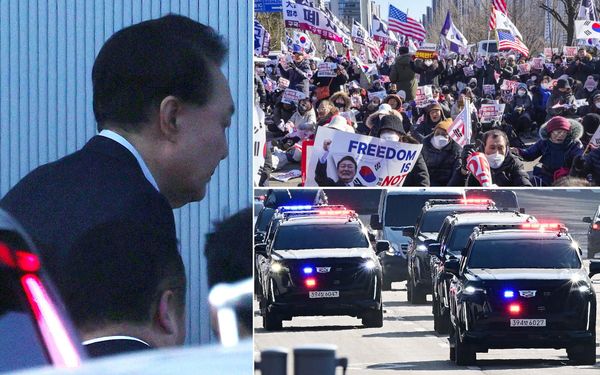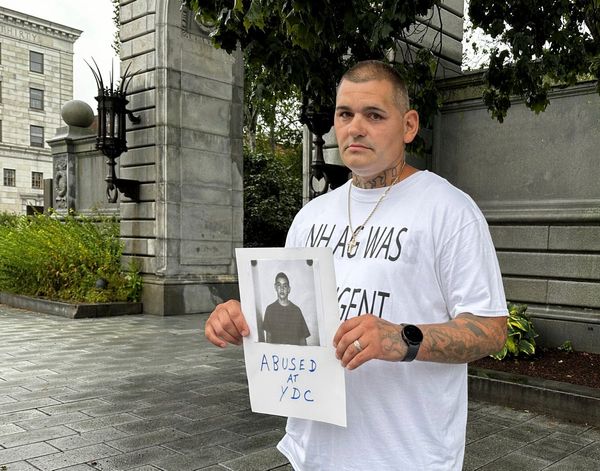Walt Disney World workers soon may look different thanks to changes in the Disney Look, the company’s long-standing appearance guide. Visitors may see tattoos, fingernail polish and newly allowed hairstyles for the first time in Disney theme parks.
These dress-code changes and other alterations are part of the company’s broader look at inclusion, the resort says.
“We want our cast members — and future cast members — to feel a sense of belonging at work,” Josh D’Amaro, chairman of Disney Parks, Experiences and Products, wrote in a post on the official Disney Parks Blog on Tuesday. “That means cultivating an environment where all people feel welcomed and appreciated for their unique life experiences, perspectives and culture.”
Details and parameters are to be shared with workers Tuesday. For instance, visible, appropriate tattoos will be limited in size and must be below the neck. Going forward, two earrings will now be allowed in one ear, although the size of the hoops will be restricted. In the post, D’Amaro listed greater flexibility with jewelry, nail styles and “gender-inclusive hairstyles.”
The updates will allow Disney World “to not only remain relevant in today’s workplace, but also enable our cast members to better express their cultures and individuality at work,” D’Amaro wrote.
Disney is also expanding its Four Keys mantra, which guides customer service and other business decisions. The elements of safety, courtesy, show and efficiency will be joined by inclusion as the fifth key, D’Amaro said. The addition was suggested by cast members when asked how Disney could “better cultivate a culture of belonging,” he said.
“Culture changes and so does all of the accouterment that comes with the changes in time,” said Dennis Speigel, CEO of International Theme Park Services. “For Disney, this is huge.”
Maintaining a workforce may be a struggle for all kinds of companies as the world emerges from the coronavirus pandemic, he said.
“I think retention is the unspoken word here, too, and it’s something that we’re seeing across the board,” Speigel said.
Magic Kingdom theme park is in the midst of retooling two attractions with inclusion in mind, D’Amaro noted. Scenes along the Jungle Cruise route will feature new, diverse characters with a revamped onshore storyline. Work is underway there.
In July, Disney World announced it would change Splash Mountain, which features characters from “Song of the South” to a theme based on the film “The Princess and the Frog.” No timeline has been given, and the water ride is operating under its original theme.
“The world is changing, and we will change with it, and continue to be a source of joy and inspiration for all the world,” D’Amaro said. “We’ll never stop working to make sure that Disney is a welcoming place for all.”
D’Amaro said the company is looking to include more diverse companies in its supply chain and that more details would be shared later.
“Our goal is also to have more representation and accountability across our organization, starting with my own leadership team and extending throughout our business worldwide, through tools and mentorship and learning programs that create awareness and foster leadership accountability,” he wrote.
The adjustments to the dress code apply to cast members at Disney World, Disneyland and Disney Cruise Line as well as at resorts at Vero Beach; Hilton Head, South Carolina; and Aulani, the Disney Vacation Club location in Hawaii.
The Disney Look has been around since 1955 and the opening of Disneyland. The style was conservative, but it has loosened over the decades, with female park workers allowed eye shadow and eyeliner in 1994. In 2010, females were permitted to wear sleeveless tops, Capri pants and slingback shoes that also have open toes. In 2012, beards were given the OK for male Disney employees.







